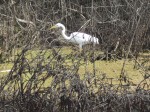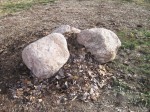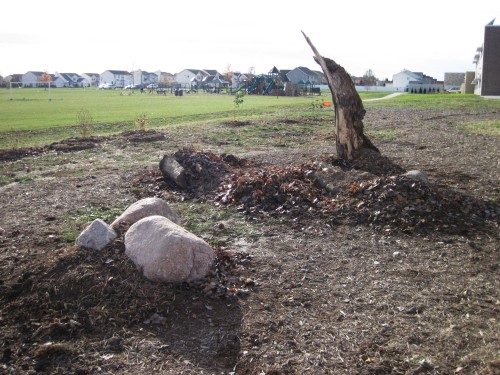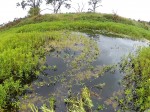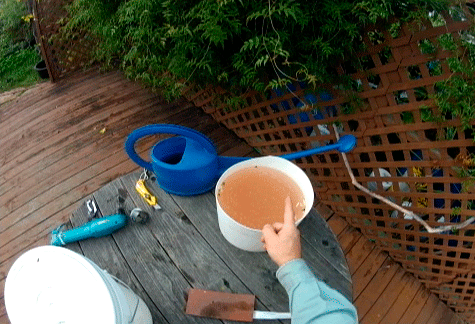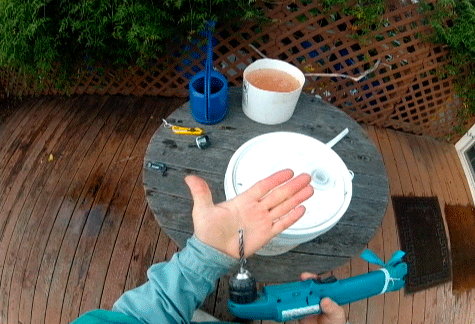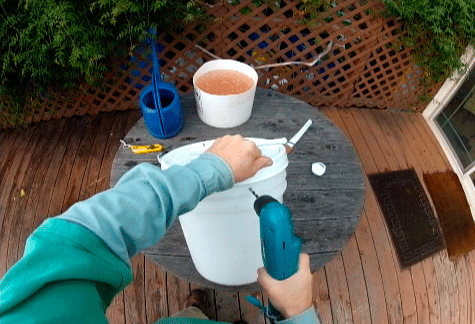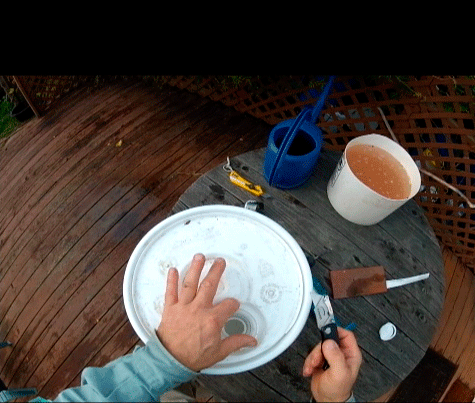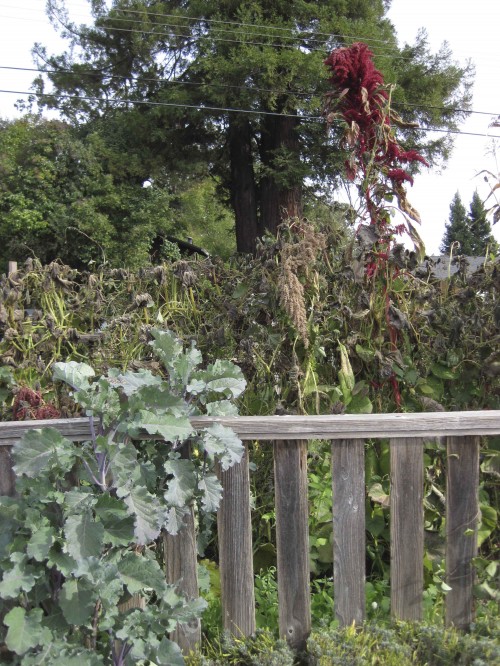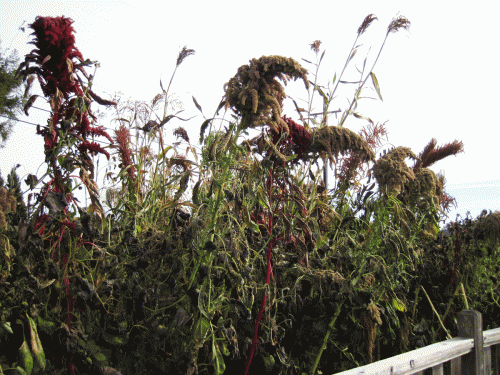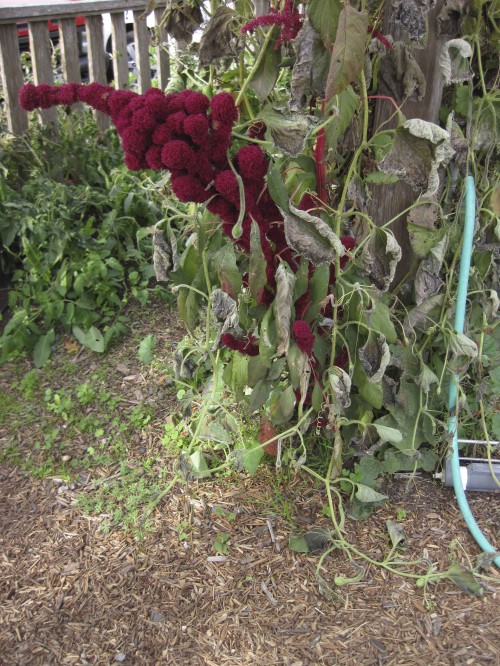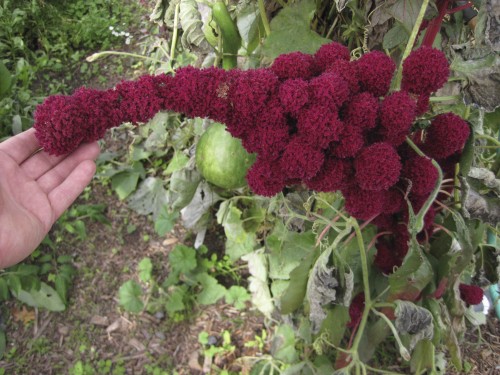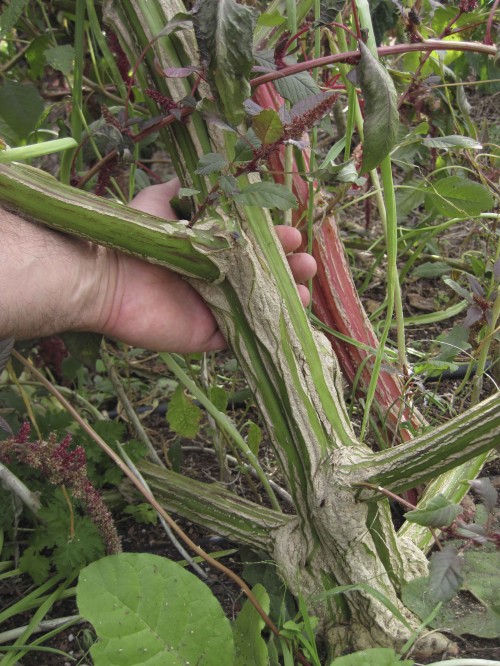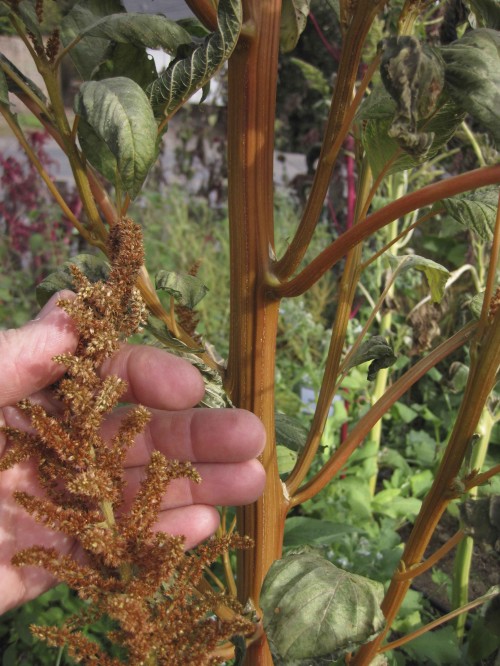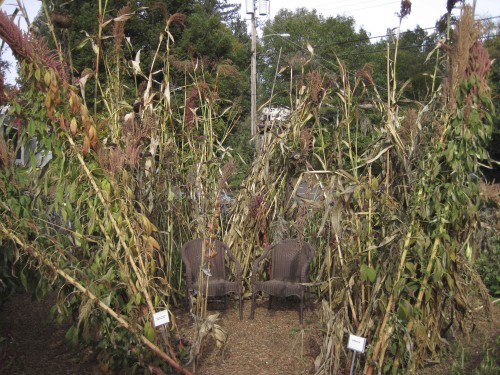Chapter 5 (by Anita Smith)
Resources for You, Your Neighborhood, and Beyond
One need not sit very long nowadays with unanswered questions about the garden, the environs surrounding it, anything, really. There is so much information available. In fact, the real challenge might not be finding information on a subject, but rather acting, doing, or creating. Regarding your garden, eventually you will want to take a leap, and what better place than in the garden.
-Tony McGuigan
Introduction
Has Tony’s passion or sense of humor infected you yet? What Tony’s doing in the garden and offering the world through his writing, I believe, is unique. Watch out, his perspective and playful approach is contagious! By this point in the book I bet that you’ve at least smiled and giggled some. I hope you’ve felt your heart expand and warm, and your childlike excitement and curiosity about the natural world reignite. I hope you’ve also been touched by hope; a sense of hope about the possibilities for a more healthy, equitable, and sustainable way of living. There are countless things we can do—no matter who we are or where we live—to make the world a better place for everyone and all life on this precious blue orb. The resources in this chapter are intended to help further tantalize and support you on your journey.
There are a few things I want to mention before jumping into this offering of resources for You, Your Neighborhood, and Beyond. First, I’m operating on several assumptions here. One is that biodiversity is a good thing. The more biodiversity on the planet—on our continents, in our watersheds, and around our homes—the better. It’s like having a well-stocked toolkit for keeping things running smoothly and fixing things when they break. There are, of course, some ecosystems that naturally have lower biodiversity than others and have evolved unique and intricately balanced dynamics. As a dominant species though, we’ve done WAY too good a job of messing with those dynamics nearly everywhere on the planet, and we have significantly and alarmingly reduced Earth’s biodiversity in the process. If everything is indeed connected—as nature shows us it surely is and many wise people have intoned—then that diminishment of biodiversity is bound to plague us. We would be wise to proactively address this rather than ignore it or wish it away. Recent advances in the study of human ecology, specifically reconciliation ecology, are part of the resource toolkit we can draw upon to help inform our proactive response. Reconciliation ecology is the science of inventing, establishing, and maintaining new habitats to conserve species diversity in places where people live, work or play.
For more of Anita’s chapter, Resources for You, Your Neighborhood, and Beyond, see Tony’s book, Habitat It And They Will Come .
Cheers.
Tony
